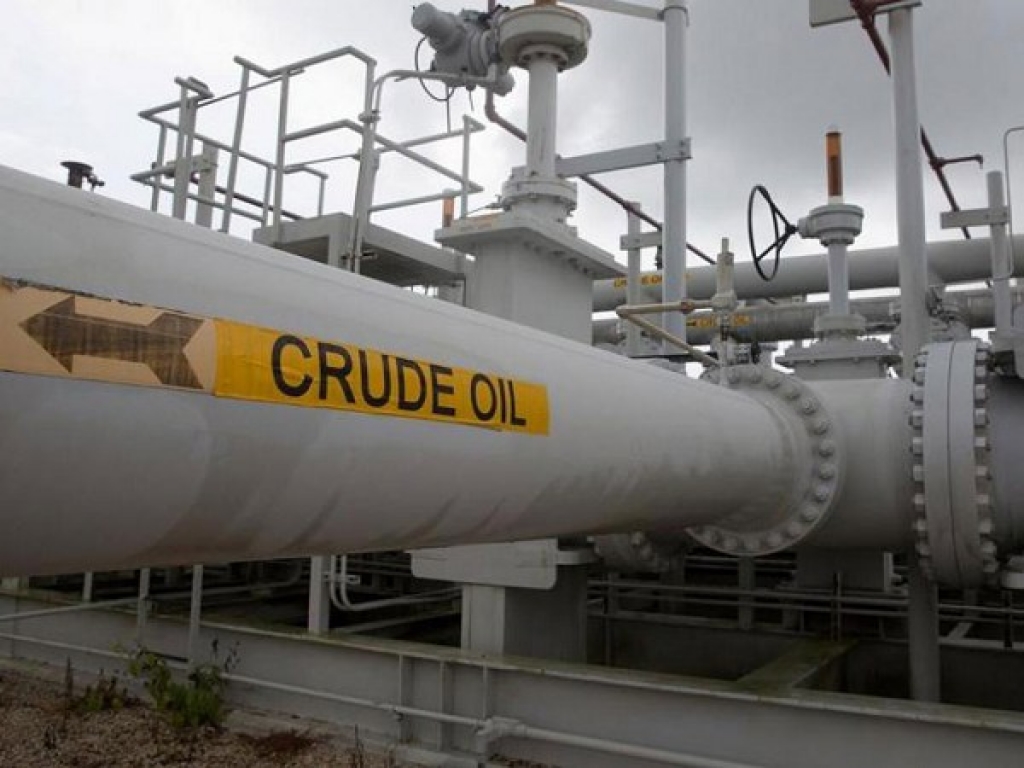US crude stocks soar 9.9mn bbls to highest since Sept 2017

NEW YORK: US crude stockpiles, including Gulf Coast inventories, rose last week to their highest since September 2017 as production set a new record high, imports rose while refining rates fell, the Energy Information Administration said on Wednesday.
Gasoline stockpiles also increased unexpectedly after 10 weeks of drawdowns, while distillate inventories fell, the EIA said in its weekly report.
Crude inventories rose 9.9 million barrels in the week to April 26 to 470.6 million, compared with analysts' expectations in a Reuters poll for an increase of 1.5 million barrels.
The steep build was led by an increase in the Gulf Coast region, where inventories rose 9.2 million barrels to 244.6 million barrels, both the biggest weekly build and the highest level since September 2017, the data showed.
"To say that this increase in supply is shocking is an understatement," said Phil Flynn, an analyst at Price Futures Group in Chicago. "The barrels in the Gulf Coast are just huge and mind-numbing."
Oil prices extended losses after the bearish report, with West Texas Intermediate crude dropping by more than $1 to a session low of $62.89 a barrel, before paring losses slightly to $63.20 a barrel by 11:27 a.m. EDT (1527 GMT).
Crude stocks at the Cushing, Oklahoma, delivery hub for WTI rose by 265,000 barrels, EIA said.
Net US crude imports rose last week by 335,000 barrels per day to 4.8 million bpd, the highest rate since January, while crude production edged up 100,000 bpd to a new weekly record high at 12.3 million bpd.
A drop in refining activity and increased imports contributed to the build, said Matthew Smith, director of commodity research at ClipperData.
"The vast majority of the build was on the US Gulf Coast - with refinery runs ticking lower and waterborne imports on the rise," he said.
Refinery crude runs fell by 137,000 bpd as utilization rates fell by 0.9 percentage point to 89.2 percent of total capacity, the EIA data showed.
Gasoline stocks rose by 917,000 barrels, compared with analysts' expectations for a 1 million-barrel drop.
Distillate stockpiles, which include diesel and heating oil, fell by 1.3 million barrels, versus expectations for a 193,000-barrel drop, the EIA data showed.






















Comments
Comments are closed.